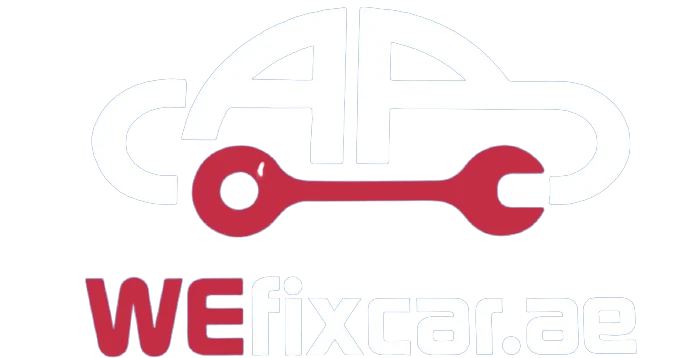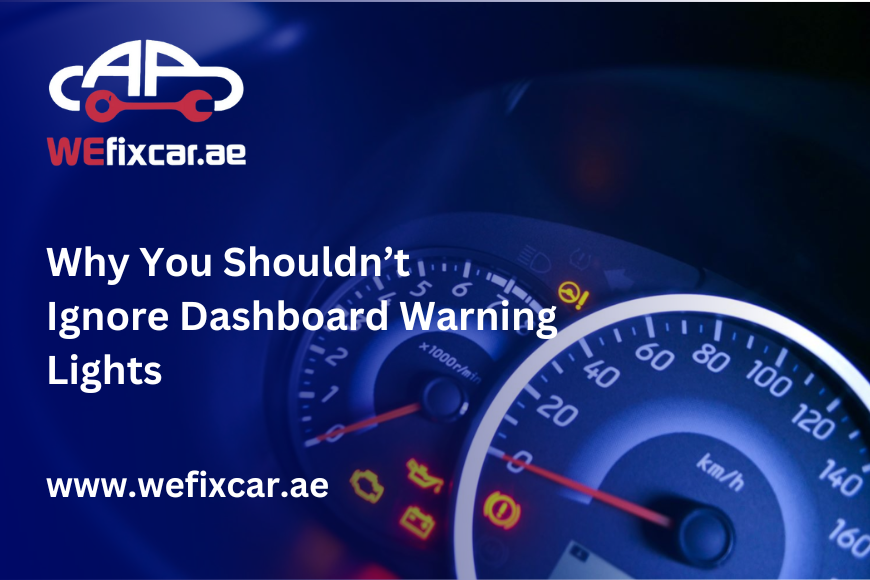Dashboard warning lights are your car’s way of communicating with you about its health. While many drivers tend to ignore or brush off these lights, doing so can lead to severe mechanical issues, breakdowns, or even costly repairs. Whether it’s the check engine light, ABS alert, or other symbols, these indicators are crucial for vehicle diagnostics.
In this blog, we’ll dive into why dashboard warning lights are so important, what they mean, and why you should never ignore them.
What Are Dashboard Warning Lights?
Dashboard warning lights are visual signals that appear on your car’s instrument panel. They alert you to potential issues or malfunctions within various vehicle systems, including the engine, brakes, battery, and more.
Each light is usually accompanied by a symbol that provides insight into the problem. For example, the check engine light could signal anything from a minor issue to a serious engine problem, while the ABS alert indicates a malfunction in the anti-lock braking system.
Ignoring these lights could worsen an issue, leading to more complex problems down the road. Let’s take a closer look at some common warning lights and their meanings.
Common Dashboard Warning Lights and What They Mean
1. Check Engine Light (CEL)
What It Means:
The check engine light is one of the most dreaded symbols on a dashboard. It can signify a range of problems, from a loose gas cap to more serious engine issues like a malfunctioning sensor or an exhaust system failure.
Why You Shouldn’t Ignore It:
Ignoring the check engine light can lead to severe engine damage. If you notice this light, get a diagnostic check to identify the issue and prevent further complications.
Is your check engine light on? Don’t wait! Visit We Fix Car for a comprehensive vehicle diagnostics check today.
2. ABS Alert
What It Means:
The ABS (Anti-lock Braking System) alert indicates a problem with your vehicle’s braking system. The ABS is crucial for preventing wheel lockup during braking, particularly in slippery conditions.
Why You Shouldn’t Ignore It:
A malfunctioning ABS can reduce braking performance, especially in wet or icy conditions. If you notice the ABS alert, it’s important to address it promptly to maintain optimal safety.
3. Oil Pressure Warning
What It Means:
The oil pressure warning light signals that the engine’s oil pressure is too low. Low oil pressure can cause engine damage and should be addressed immediately.
Why You Shouldn’t Ignore It:
Running your engine without sufficient oil pressure can result in overheating and severe internal engine damage. Top off your oil and get a checkup if this light appears.
4. Tire Pressure Monitoring System (TPMS) Light
What It Means:
The TPMS light alerts you when one or more of your tires is under-inflated. Proper tire pressure is essential for vehicle safety and performance.
Why You Shouldn’t Ignore It:
Driving on under-inflated tires increases the risk of a blowout and can reduce fuel efficiency. Always ensure that your tires are properly inflated.
5. Battery Warning Light
What It Means:
The battery warning light indicates an issue with your car’s charging system. This could be related to the battery, alternator, or other components.
Why You Shouldn’t Ignore It:
If ignored, a faulty charging system can lead to complete battery failure, leaving you stranded. Get the battery and alternator checked immediately to avoid potential breakdowns.
Have a dashboard warning light on? We Fix Car offers expert diagnostics and repairs to keep your vehicle in top condition.
Why Vehicle Diagnostics Are Crucial
Modern vehicles are equipped with advanced sensors that monitor nearly every system. When a problem arises, these sensors trigger the appropriate warning lights. However, simply knowing which light is on isn’t enough. You need a vehicle diagnostic to understand the exact cause of the issue.
How Vehicle Diagnostics Work:
- Scanner Tools: Diagnostic tools, often referred to as OBD-II scanners, plug into your car’s onboard diagnostics port to read the trouble codes stored by the car’s computer system.
- Trouble Codes: These codes help identify the specific system or part causing the issue, whether it’s an engine problem, transmission fault, or sensor malfunction.
- Repair Recommendations: Based on the diagnostic results, mechanics can suggest repairs or replacements to fix the issue at hand.
A professional diagnostic check not only reveals the root cause of your dashboard warning lights but also helps to avoid unnecessary repairs by targeting the exact problem.
Common Sensor Issues Behind Dashboard Warning Lights
Many dashboard warning lights are triggered by sensor malfunctions or issues with the vehicle’s electrical system. Common sensor problems include:
- Oxygen sensor failure – This can trigger the check engine light and affect engine performance and fuel efficiency.
- Mass airflow sensor issues – This sensor helps regulate fuel consumption and air-to-fuel ratios. A malfunction can lead to poor acceleration and reduced fuel efficiency.
- Coolant temperature sensor failure – This can cause the engine to overheat, especially if the system doesn’t accurately detect the engine’s temperature.
Why Timely Repairs Are Essential
Timely repairs for sensor issues or related malfunctions can save you from expensive repairs down the road. For example, failing to replace a malfunctioning oxygen sensor can damage the catalytic converter, which is a much more costly repair.
Frequently Asked Questions About Dashboard Warning Lights
1. What should I do if my check engine light comes on?
First, check for any obvious issues, like a loose gas cap. If there’s nothing visible, schedule a vehicle diagnostic to identify the problem. Continuing to drive can cause further damage to the engine.
2. Can I keep driving if my ABS alert light is on?
While your car will still brake without ABS, the system will not be able to prevent wheel lockup during hard braking, especially on wet or slippery roads. It’s best to get the ABS system checked as soon as possible.
3. What does the tire pressure warning light mean?
This light indicates that one or more of your tires has low pressure. Driving on under-inflated tires can reduce fuel efficiency and increase the risk of tire damage. Check your tire pressure immediately.
4. How do I know if my car’s oil pressure is too low?
A low oil pressure light typically appears when the engine is running low on oil or if there’s an issue with the oil pump. This is a critical issue that should be addressed immediately to avoid engine damage.
5. How much does a vehicle diagnostic cost?
The cost of a vehicle diagnostic varies, but it typically ranges from $50 to $150 depending on your location and the complexity of the issue. It’s a small investment that can save you from more expensive repairs in the future.
Final Thoughts
Your car’s dashboard warning lights are not just there to annoy you—they’re there to help protect your vehicle and your safety. Ignoring these signals can lead to bigger problems down the road, from engine damage to system failures.
Whether it’s the check engine light, ABS alert, or another warning, always take dashboard signals seriously and act quickly. A professional vehicle diagnostic is the best way to identify issues early and avoid costly repairs.
Visit We Fix Car today for expert diagnostics and reliable repairs. Keep your car running smoothly and safely!



